Interactive touchscreen experiences are a fantastic way to connect with customers, whether at events, tradeshows and exhibitions or in your showroom or marketing suite. They are intuitive to use, look great, by creating a sense of WOW, and can help to project a brand as innovative and dynamic.
Not only that, but they can really help to simplify complex ideas, products and services and demonstrate them visually. Which goes a long way to making them memorable and quick to understand.
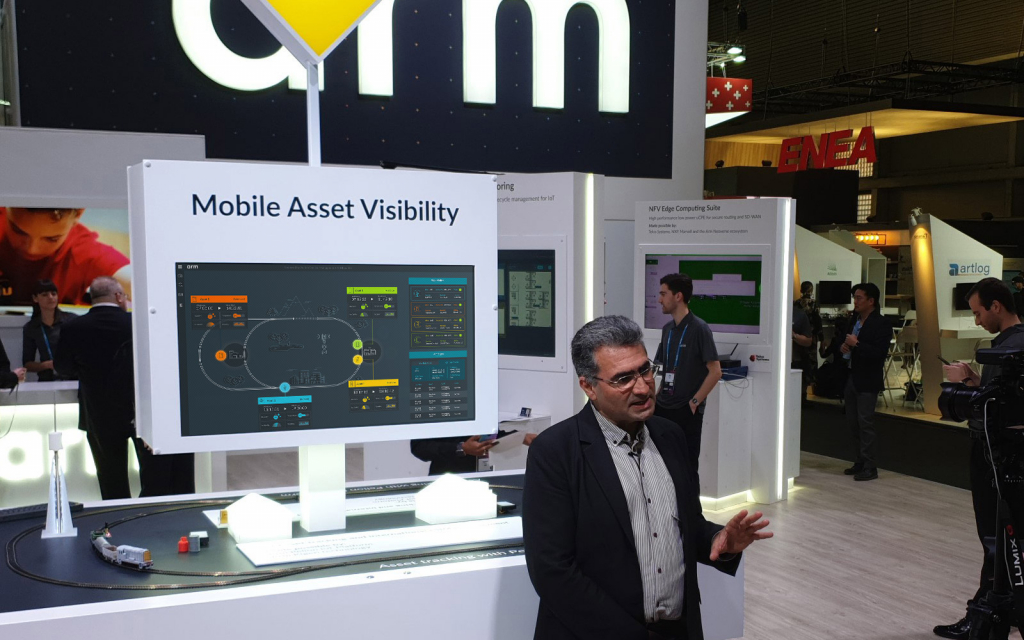
And where businesses may not be able to meet with customers or attend events, interactive experiences are ideal for staying connected with customers. Depending on the software, they can be shared over the web or used to create virtual demo spaces for customers to explore in their own time.
There are lots of ways to develop an interactive touchscreen experience, but some of the main options available to you are outlined in this article.
What is a touchscreen experience?
Firstly, a quick overview of what a touchscreen experience is. There are two main parts:
- The hardware – This is the physical touchscreen itself and also the PC the visual experience runs on. There are lots of different types of touchscreens, from wall-mounted to touch-tables, stand-mounted as well as custom-built enclosures.
- The visual experience – This is the content shown on the screen, which people will interact with. It’s this visual content that you’ll need software to create.
Download guide
Check your email to find your guide.
What do you want to achieve with your Interactive Touchscreen experience?
Before embarking on a project, it’s important to clarify your business objectives. This is crucial as the answers may determine what software you use to create your experience. If you choose the wrong software option at the beginning you may have to start the whole project again to achieve the result you need.
So, set your top-level objectives to establish what you want the touchscreen to achieve. Is it to do one, or a number of the following:
- Capture leads?
- Educate customers?
- Support sales?
- Create a memorable experience etc.?
When developing any Interactive experience – whether that be a sales tool or touchscreen experience – for our clients, we run an Initial workshop – the Customer-First Blueprint® – to reflect upon our client’s objectives. It helps clients to think about:
- The content they want to include – videos, images, PDFs, 3D models, other interactive content etc.
- The type of interaction they want their customers to have at the time
- Do they want to capture user information to keep the engagement going with their customers afterwards?
- Whether the touchscreen needs to interact with other software or websites, e.g., a company’s CRM or CMS.
- Whether you need a way of updating the content or allowing others to do so (perhaps via a content management system)
- The space the touchscreen will go into and who will be interacting with the content.
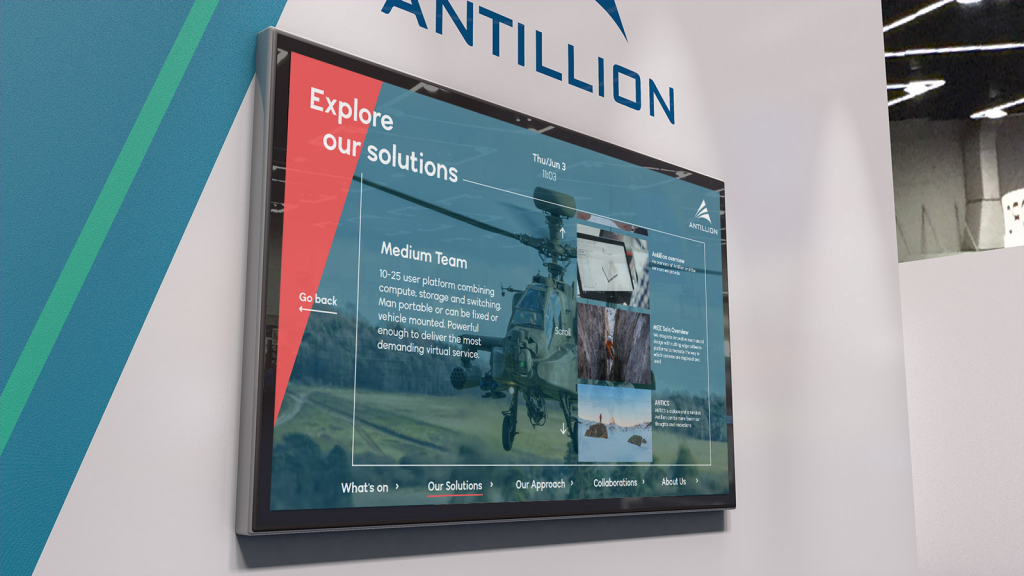
Four main Software options for Interactive Touchscreens
There is a vast array of software apps available, but following years of experience, these are what we use and recommend for our clients:
- A Progressive Web App – we use HTML, Javascript, CSS etc. to build a completely bespoke touchscreen experience, unique to your needs
- Specialist software, which is designed for building touchscreen experiences and interactive digital signage. We create our own bespoke software and also use Showpad, Intuiface, Tumult Hype and Ventuz
- A web-based digital signage solution, such as Scala, which offers pre-built templates
- PowerPoint for more straightforward experiences.
We have had years of developing experience using all of the above for clients. Whilst many of the software options can be developed in-house, our experienced team of designers and developers have encountered the highs and lows of all these solutions for every scenario. Resulting in a high-quality touchscreen experience in a fraction of the time.
A Progressive Web App
A Progressive Web App (PWA) uses the same language, HTML, Javascript and CSS, as a website and the functionality is built in a very similar way. It can be run over the internet and uses a standard browser. We use Google Chrome in Kiosk mode, which enables the experience to be run full-screen, so you don’t see the browser menu and scroll bars.
But that is where the similarities between a Progressive Web App and a website end. A PWA is a very sophisticated option, allowing you to create almost any type of experience you can imagine. You can include videos, PDFs, presentations, 3D models, Augmented Reality and Virtual Reality into the experience. Unlike a website, a PWA is built with a Touchscreen user in mind.
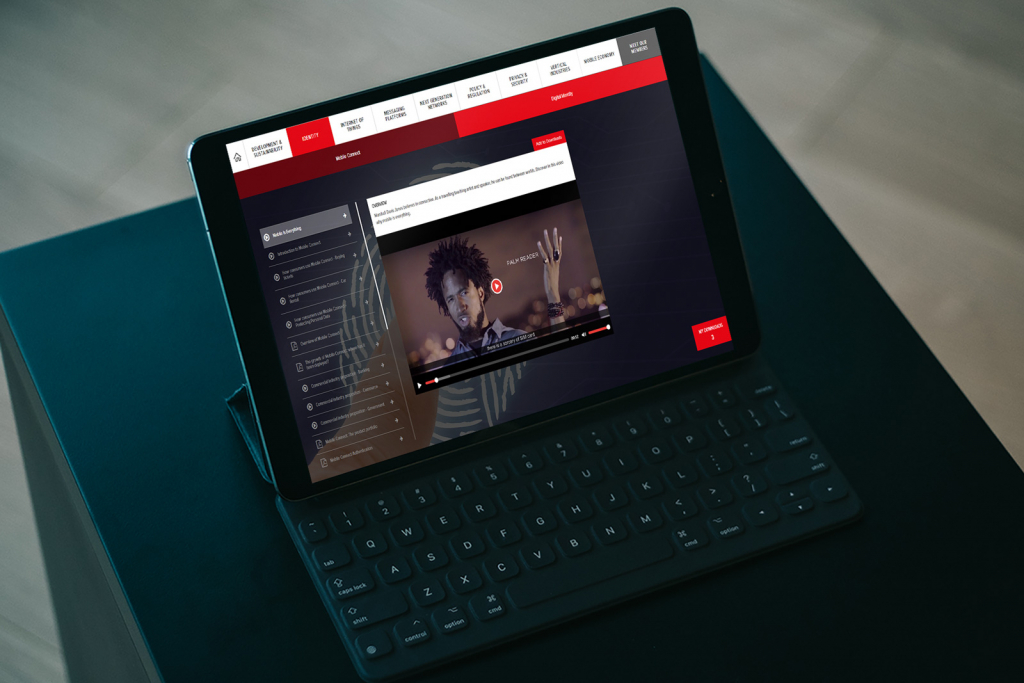
A touchscreen is a very different user experience for the customer, even for those of us used to Smartphones. You’re generally dealing with a much bigger screen, which impacts on the layout. Your audience will be using their finger rather than a mouse to move around and interact. Clear prompts and navigation are essential to make it obvious to the user what they need to do. Small differences can have quite far-reaching consequences.
Pros of a Progressive Web App:
- Unlike building an experience with specialist software, there is no cost for the software and tools
- A PWA can be run through any browser making it accessible. It can also work offline, so an internet connection isn’t necessary for the touchscreen experience to work
- It can easily connect to other systems to pull or push information backwards and forwards. For example, it could connect to an organisation’s Content Management System so any content within those systems can be automatically pulled into your touchscreen experience. Similarly, if you collect customer information through your touchscreen this can be automatically posted back into your CMS for future marketing or sales campaigns
- It is possible to see what your customers are interested in using sophisticated analytics and reporting
- They are very fast, if well built, especially with more complex experiences.
Cons of a Progressive Web App:
- In order to produce a high-quality touchscreen experience as a PWA you would need to be a very accomplished developer
- There are a lot of technical and UX differences between a website and a touchscreen PWA, which you need to be aware of.
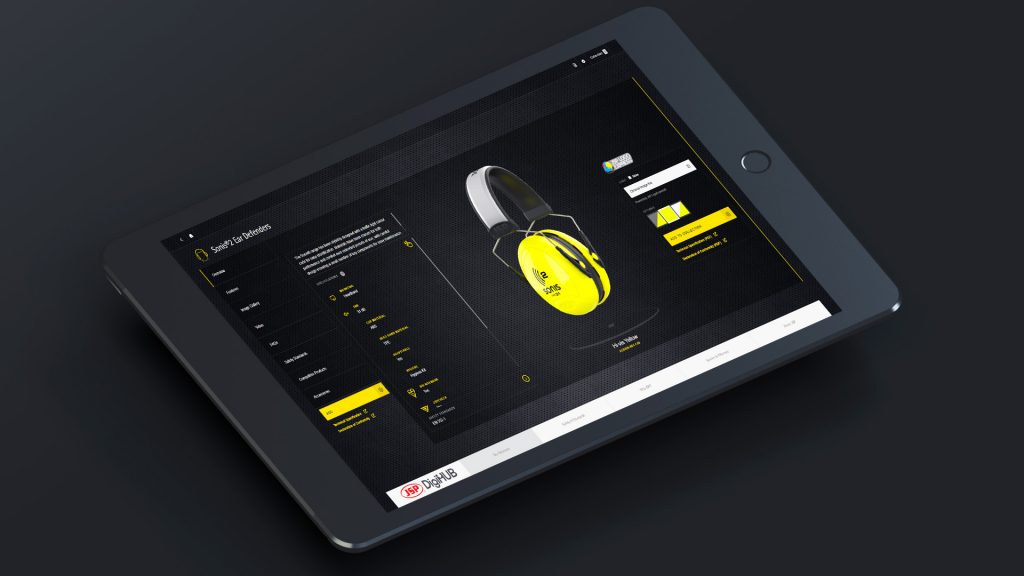
Specialist software
There are specialist software applications for creating touchscreen experiences. Programs such as Intuiface and ShowPad are well-established applications for creating professional touchscreen experiences.
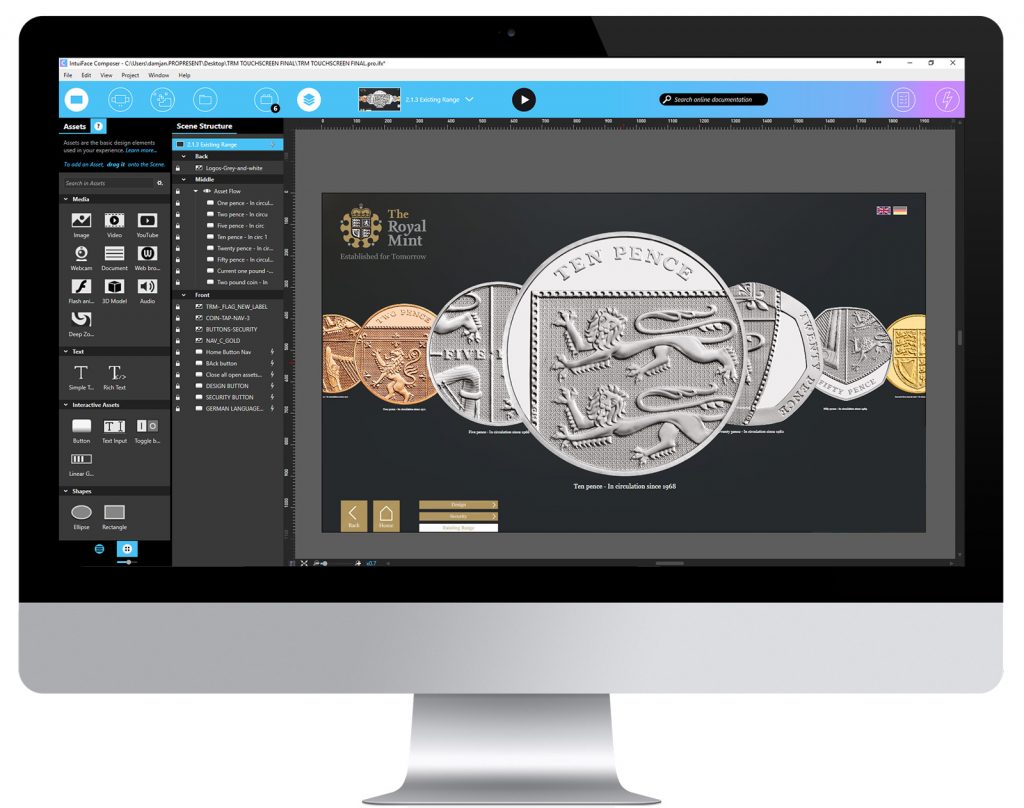
Pros of Specialist software:
- They have built-in templates to help you get going
- Built-in animation effects
- They support a wide range of external media such as Flash, video, PDFs, 3D models, and Photoshop
- Some have built-in analytics dashboards or they can be added as an extra
- Experiences can be created for any touchscreen type from tablets up to video walls, so you can make experiences as large as you like to cover multiple displays.
Cons of Specialist software:
- It is fairly straightforward to create simple interactive experiences for small businesses or projects. But it can get very complicated if you require something more complex
- If you’re not planning on using a specialist agency you may be limited to the default templates, unless you want to spend some time learning the platforms
- Integration with other systems is possible, but is more complex to do
- Some are only designed to work at one screen resolution, they are not responsive systems (Intuiface is an example of this). This means if you are going to use your touchscreen experience on a large touchscreen, a laptop and tablets most likely they will have different screen ratios (16×9, 16×10 or 4×3 etc.) So although the experience will still work, it won’t fill the screen on all those devices
- The editing software has a license fee to use and each device that will run the touchscreen experience also needs a licence. So, if you have 10 touchscreens running your experience you’ll need 10 licences, so it could be quite expensive.

Web-based digital signage solutions
This option involves creating an experience using online templates that are designed to perform a certain function, such as displaying product information or advertising.
You simply drag and drop the information you need into the template of the web portal and connect your digital signage screens over the internet to the portal, which then displays your content on your digital screens.

Pros of Web-based digital signage solutions
- This type of system is very popular for non-interactive digital signage as the content can be updated quickly from any location remotely
- You are limited by the functionality of the system though, so it will only do certain things within the template but some do have a lot of options to cover most use cases
- There are plenty of companies that provide digital signage platforms and they can also help with the hardware and maintenance.
Cons of Web-based digital signage solutions
- As it is templated, you won’t have a lot of control over the branding and layout of the experience> But bear in mind, this may not be an issue when the end goal is to create a very simple user experience
- Interactivity is very limited so the user experience can be quite simple and a little boring, you certainly wouldn’t call them immersive. So, if you’re trying to create a personalised customer experience through a touchscreen we’d avoid these systems.
PowerPoint
Don’t laugh or scoff but PowerPoint has very sophisticated interactive features which will let you create touchscreen experiences. You can put a lot of things into them such as video, images, PDFs and 3D elements.
Pros of PowerPoint
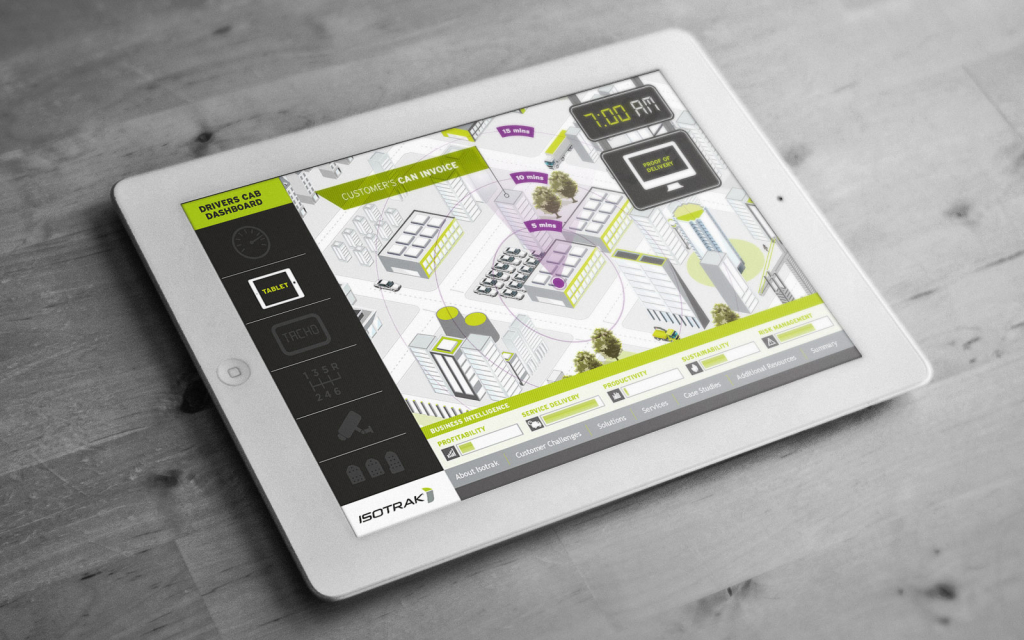
- With a good PowerPoint developer (such as POPcomms) you’d be hard-pressed to spot the difference between a PowerPoint experience or a custom-built one with HTML or Intuiface
- It is easy to update as most people can use it
- It could be quicker to build an experience, saving both time and money.
Cons of PowerPoint
- There are some limitations, for example, you can’t capture people’s details, if acquiring new leads is your goal
- More advanced interactions are impossible
- There are no analytics to track what your customers are looking at.
Again, we recommend using a presentation design agency or touchscreen specialist. It would still be quite an advanced presentation you’d be creating, and you may not have the in-house skills yourself.
Summary
We hope this has been useful and we’ve managed to shed some light on the various options available when creating an interactive touchscreen experience.
We are platinum certified Intuiface creative partner (one of only 2 in the UK) and a creative partner of Showpad so have plenty of expertise to help with any questions.
So, if you’re unsure of which solution might be then download our eBook or get in touch – we promise we’ll get back to you with something helpful!
Download eBook
Check your email to find your guide.
Related Posts
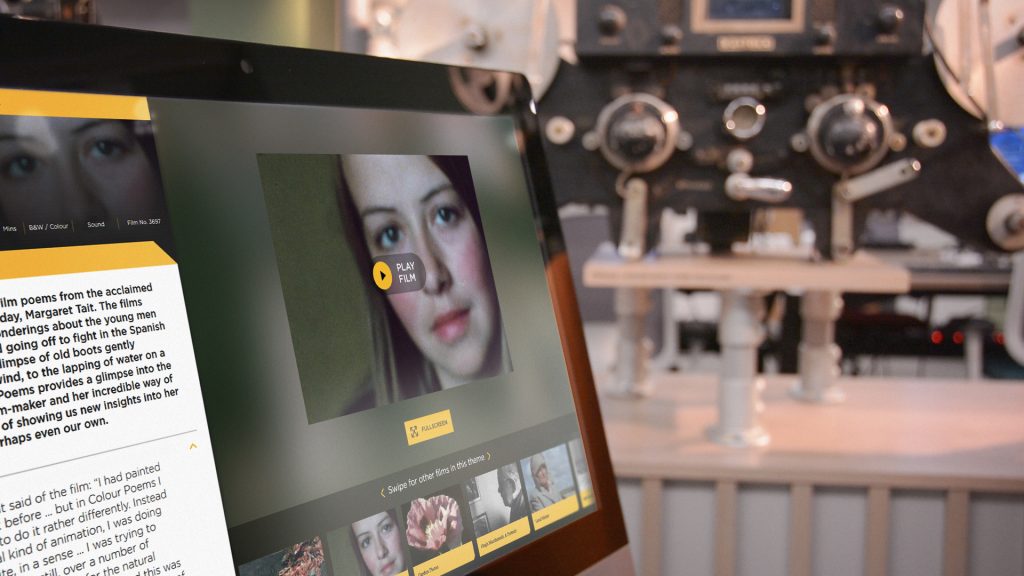
Why a Creative Strategy is Important When Developing an Interactive Touchscreen Experience
Read

Bringing Scotland’s Moving Image Archive to life through an interactive touchscreen experience
Read
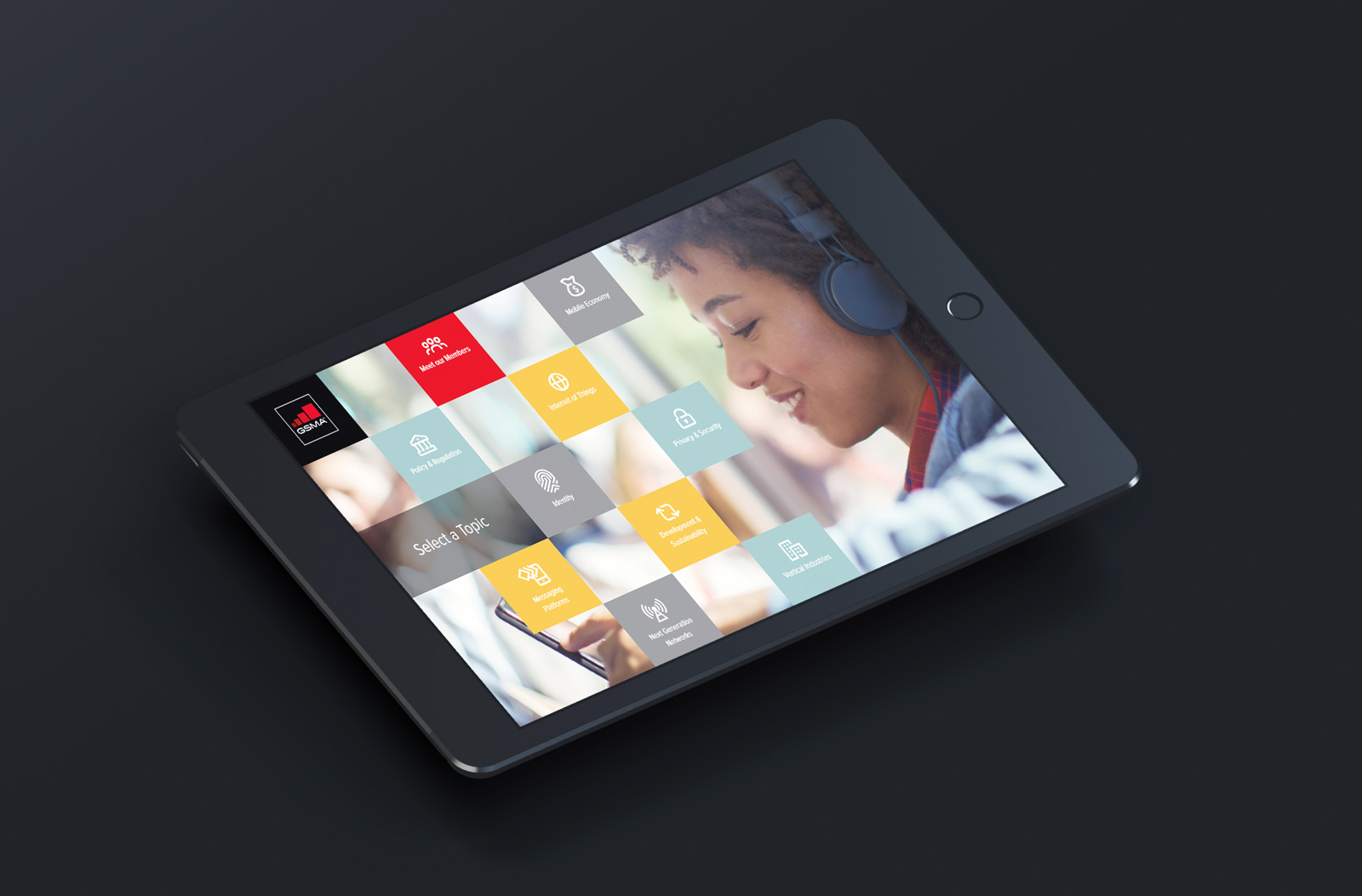
The 5 things you must consider when developing a digital sales enablement tool and what can affect the cost.
Read
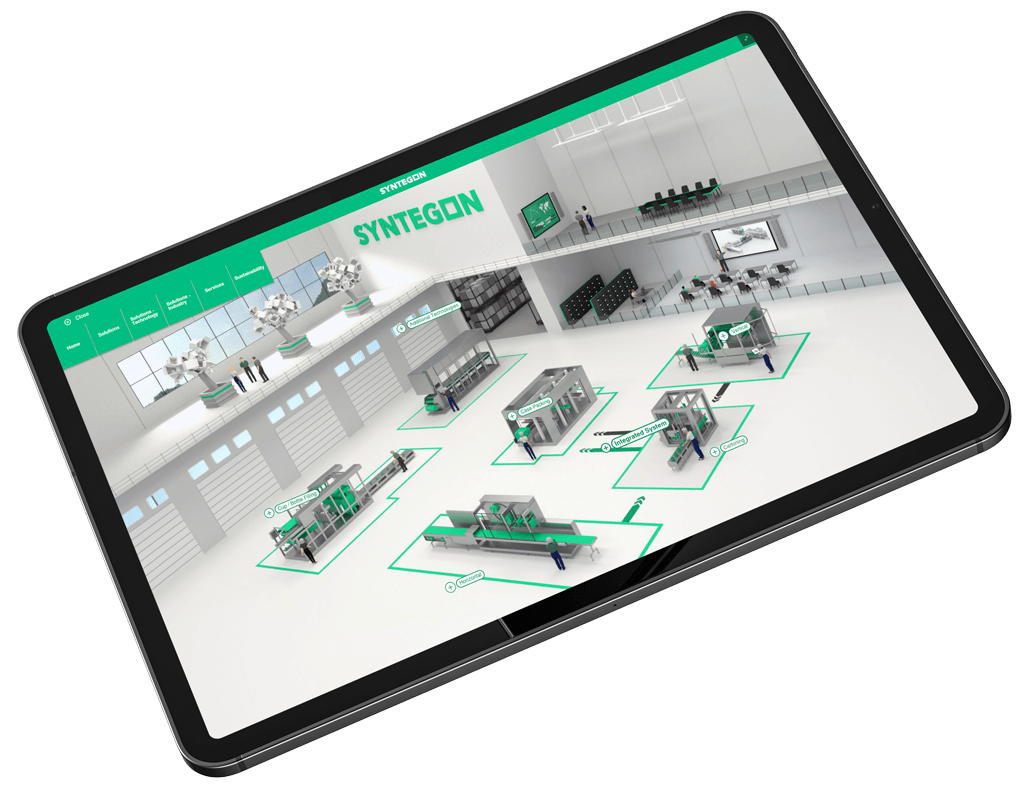
Switch remote B2B selling on instantly. Why flexible sales enablement is the key to future sales success
Read